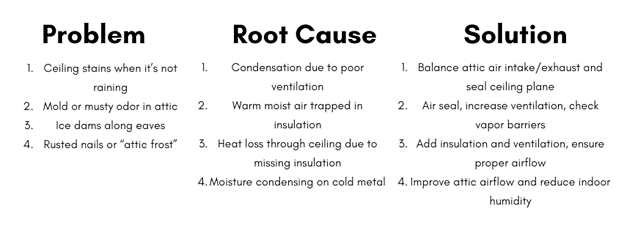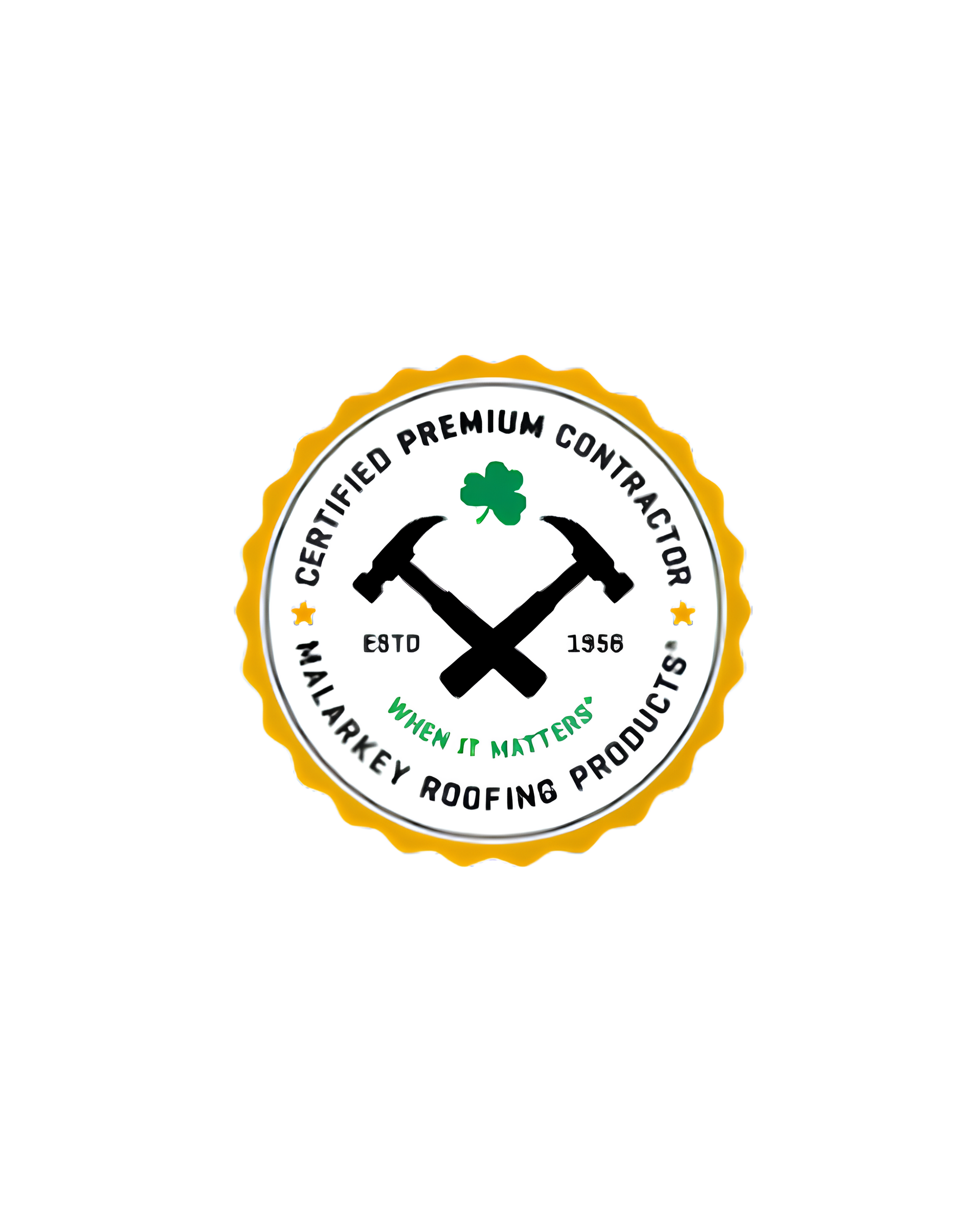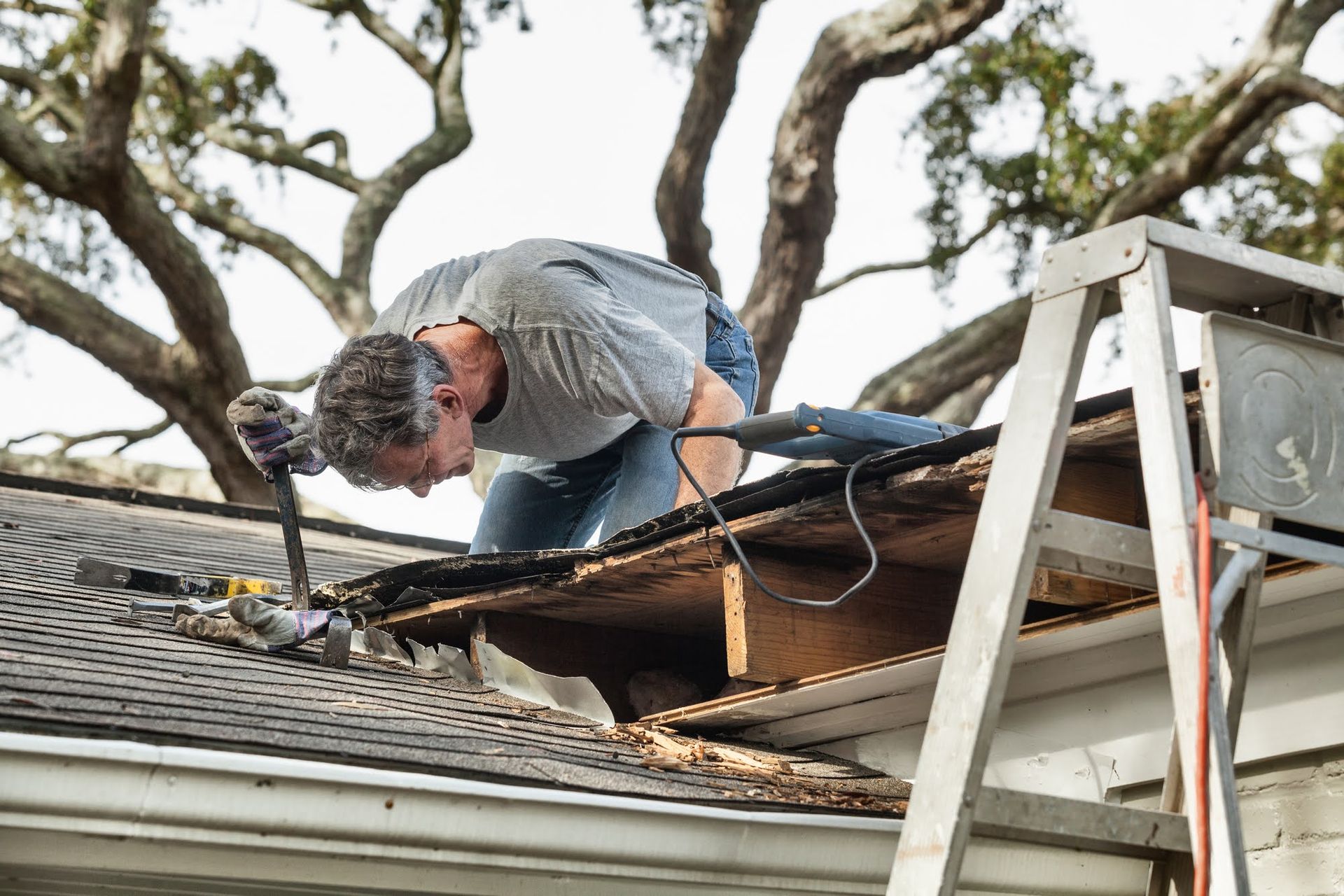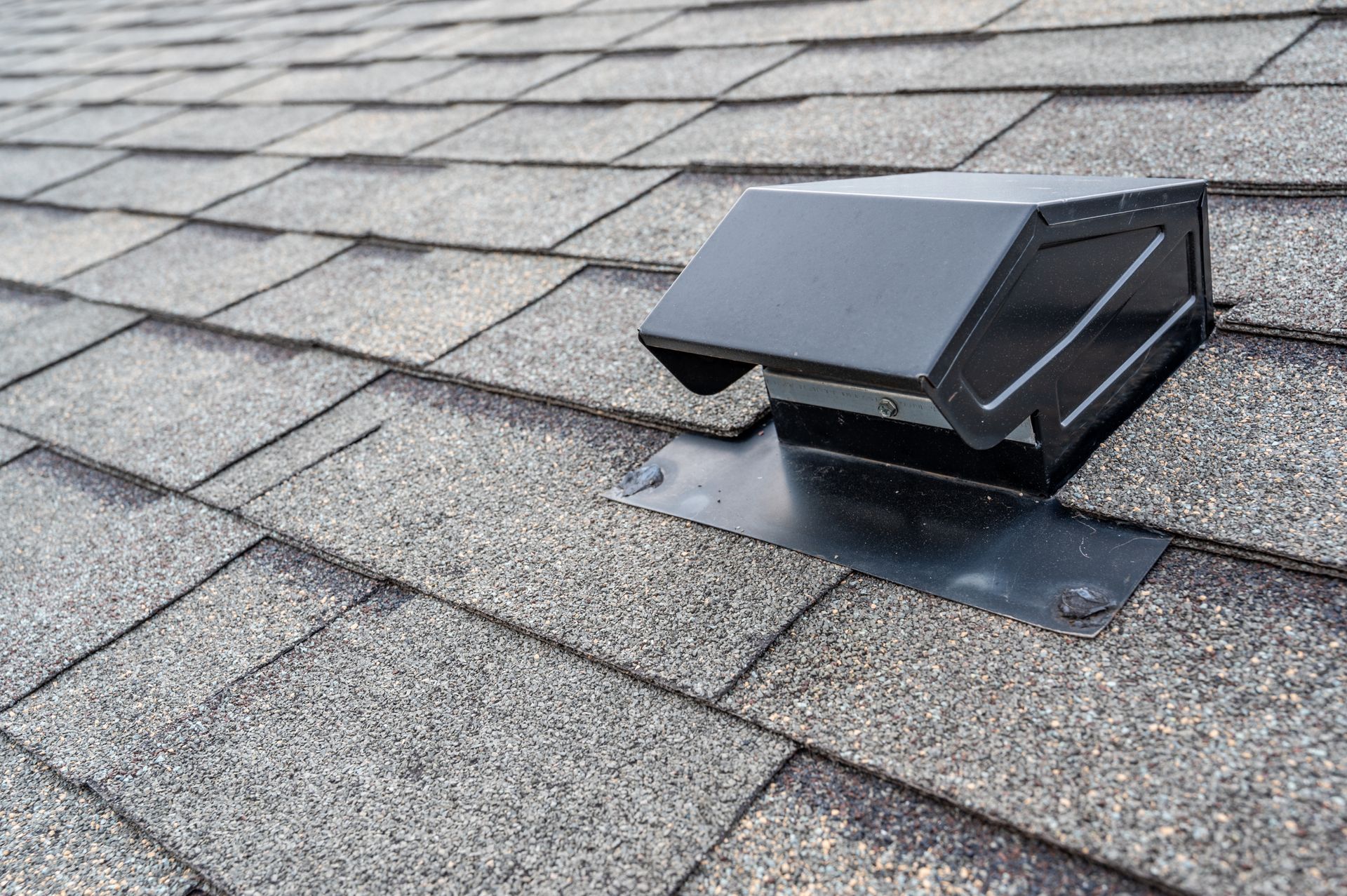It’s Not Raining, But My Roof Is Leaking
The “-tion, -tion, -tion” You Need to Pay AttenTION To
-tion,-tion, -tion… Now Do I Have Your AttenTION?
It’s a brisk winter evening. You step into your kitchen to start preparing dinner when you notice an eager water stain running across your ceiling.
Brow furrowed, you take a seat, remembering how recently your roof was replaced, and the fact that there isn’t a raincloud in sight.
So, what’s going on?
That “leak” might not be from rain at all. It could be from condensation caused by poor ventilation and inadequate insulation — three words that sound technical but are the real backbone of a healthy, dry roof system.
Let’s break down how these “-tions” work together (or against you), and how to stop your “dry weather leak” before it leads to mold, rot, or structural damage.
Ventilation: The Breath Your Roof Needs
Think of your attic like a set of lungs. Without enough airflow, moisture gets trapped, and trapped air leads to condensation — the invisible enemy of your roof system.
Proper roof ventilation lets warm, moist air escape from your attic through ridge vents while drawing in cooler, dry air through soffit vents. When this balance is off (vents blocked, missing, or undersized), moisture can condense on the underside of your roof deck, drip onto insulation, and mimic a “leak.”
Dr. Joseph Lstiburek, a leading building scientist and founder of Building Science Corporation, explains that, a ceiling needs to be airtight, and that when done right, a vented attic is effective universally.
In other words, ventilation isn’t just about having vents — it’s about having the right balance of intake and exhaust, and an airtight ceiling plane to separate your attic’s air from your home’s living space.
Insulation’s job is to maintain stable temperatures between your living space and attic. However, without proper air seal at the ceiling, warm humid air from your home can sneak into the attic through can lights, attic hatches, and wall chases. When that air hits cold roof sheathing, it condenses — just like a cold glass of water on a humid day.
Over time, that hidden condensation can lead to:
- Water stains on ceilings or drywall
- Dripping insulation in the attic
- Mold or mildew growth
- Premature roof deck rot
The fix? Combine insulation with air sealing. As Dr. Joe notes, tightening the ceiling plane prevents indoor humidity from migrating upward. (Fine Homebuilding: “A Crash Course in Roof Venting”)
When insulation, air sealing, and ventilation all work together, your roof system stays dry, your energy bills drop, and your attic stops acting like a sauna.
Now that you’re aware of the importance of insulation, air sealing, and ventilation, let’s get in the next big “tion;” condensation!
Condensation: The Hidden Culprit Behind ‘Dry Weather Leaks’
Condensation happens when warm, humid air hits a cold surface.
In winter, indoor air carries moisture from cooking, showers, or even breathing. If that air sneaks into your attic, it cools quickly, the water vapor condenses, and droplets form on nails, trusses, or roof sheathing.
When temperatures rise, that moisture drips down — sometimes hours or days later — leading homeowners to believe their roof is leaking.
Lstiburek calls this the “phantom leak” problem. In his “Pressure Is On” insight piece, he explains how poorly balanced ventilation and air leaks can draw humid air into attics, even through light fixtures and duct chases, where it cools and condenses.
Clues you’re dealing with condensation, not a roof failure:
- Drips only appear during rapid temperature swings
- Frost on nails or trusses inside your attic
- Water stains that seem random or seasonal
- No visible roof damage above the leak area
Putting the ‘-tions’ Together, The Science of a Healthy Roof
Each “-tion” plays a role, but they’re all connected:

When these three systems — ventilation, insulation, and condensation control — work in harmony, your roof becomes a well-balanced ecosystem instead of a battleground of heat and humidity.
Twin Cities Attic Condensation: Why It’s So Common
Here in the Twin Cities, dramatic temperature swings make attic condensation a frequent complaint. A home can experience a 70-degree indoor/outdoor difference in a single day. Combine that with humidifiers, tightly sealed windows, and blocked soffit vents, and you’ve got a recipe for mid-winter “leaks.”
This is where modern building science meets Minnesota practicality. Twin City Roofing uses diagnostic tools — like thermal imaging and moisture mapping — to identify whether that water spot is from a flashing issue or a building-envelope imbalance.
Sometimes, the fix is as simple as clearing soffit vents and air-sealing around can lights. Other times, it’s a more comprehensive insulation and ventilation tune-up. Either way, understanding the science saves homeowners from chasing the wrong repairs.
How to Stop a “Dry Weather Leak” Before It Starts
Quick homeowner checklist:
✅ Check your attic after cold snaps or warm thaws — look for frost or wet insulation.
✅ Make sure soffit vents aren’t blocked by insulation.
✅ Look for bathroom or kitchen fans venting into the attic instead of outdoors.
✅ Add insulation where gaps or compression exist.
✅ Keep indoor humidity between 30–40% during winter months.
If you spot moisture, don’t assume the worst. A trusted roofing and building-science professional can help you determine whether the problem is structural, environmental, or both.
From AttenTION to Action
So, next time you spot a “leak” and it’s not raining, remember the power trio: Ventilation. Insulation. Condensation.
They’re the unsung heroes (and sometimes the villains) behind roof performance.
And yes — now I do have your attenTION. 😉











